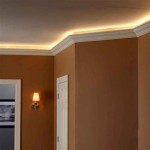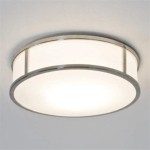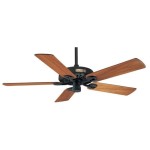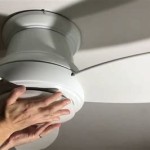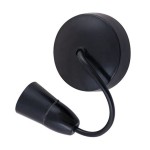Essential Aspects of Adding Extra Ceiling Light
Understanding the essential aspects of adding extra ceiling light is crucial to enhance the ambiance, functionality, and aesthetics of any space. Whether you seek to illuminate a dim room, create a specific mood, or highlight architectural features, considering these key elements will ensure optimal lighting results. ### Planning and Assessment Before installing new ceiling lights, meticulous planning is essential. Determine the purpose of the additional lighting, whether it's general illumination, task lighting, or accent lighting. Next, assess the existing lighting situation, including natural light sources, current fixtures, and electrical capacity. This assessment will guide the selection of light fixtures, placement, and wiring requirements. ### Fixture Selection and Placement The choice of light fixtures depends on the desired lighting effect. Recessed lights provide diffused, ambient light, while pendants and chandeliers offer statement pieces that draw attention. Surface-mounted lights are versatile and can be placed on walls or ceilings. When determining placement, consider the size of the room, ceiling height, and the location of furniture and architectural features. ### Lighting Levels and Color Temperature Lighting levels are measured in lux and vary depending on the intended use of the space. Task lighting, such as over a kitchen counter, requires higher lux levels than ambient lighting in a living room. Color temperature, measured in Kelvins, refers to the warmth or coolness of the light. Warm light (low Kelvins) creates a cozy atmosphere, while cool light (high Kelvins) promotes alertness. Choose the appropriate color temperature to match the desired ambiance. ### Wiring and Installation Electrical requirements for adding ceiling lights must be met to ensure safety and functionality. Consult with a qualified electrician to verify adequate wiring capacity and determine if new circuits are needed. Installation should be performed carefully, following manufacturer instructions and adhering to electrical codes. Ensure secure mounting and proper electrical connections to prevent potential hazards. ### Integration and Control Consider the integration of the new lighting fixtures with existing controls. Dimmer switches allow for adjustable lighting levels, creating customizable ambiance and energy savings. Smart lights enable remote control and scheduling, providing convenience and automation. Explore various control options to enhance the functionality of your lighting system. ### Maintenance and Troubleshooting Regular cleaning of light fixtures will maintain their aesthetic appeal and prolong their lifespan. Replace bulbs as needed, following the manufacturer's recommendations. If any electrical issues arise, promptly consult with an electrician for prompt resolution. Proper maintenance ensures optimal performance and prevents potential safety concerns. By considering these essential aspects of adding extra ceiling light, you can transform the illumination of your space, creating a welcoming, functional, and visually appealing environment. Whether you embark on a DIY project or enlist professional assistance, a well-planned and executed lighting solution will elevate the ambiance and style of any room.
Adding Overhead Lighting Extra S Young House Love

Extending A Lighting Circuit Step By Guide And

Extending A Lighting Circuit Step By Guide And

Small Living Room Lighting Ideas Forbes Home

Adding An Extra Light Diynot Forums

15 Clever Lighting Ideas For Low Ceilings 2024 Our Picks

Adequate Lighting Add Extra Points To Home Interiors

3 Best False Ceiling Lights You Can Use To Create Better Ambience

9 Types Of False Ceiling Light Designs To Glam Up Your Home

Adding An Extra Light From A Switch

